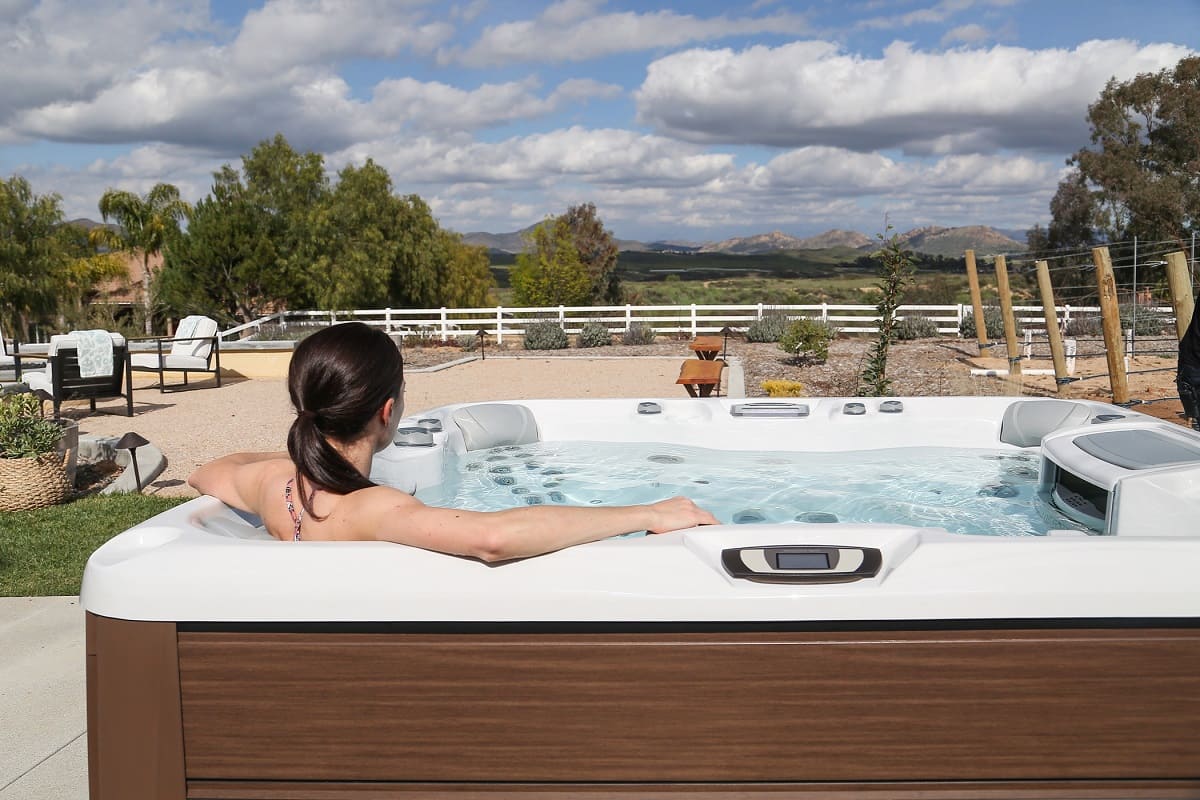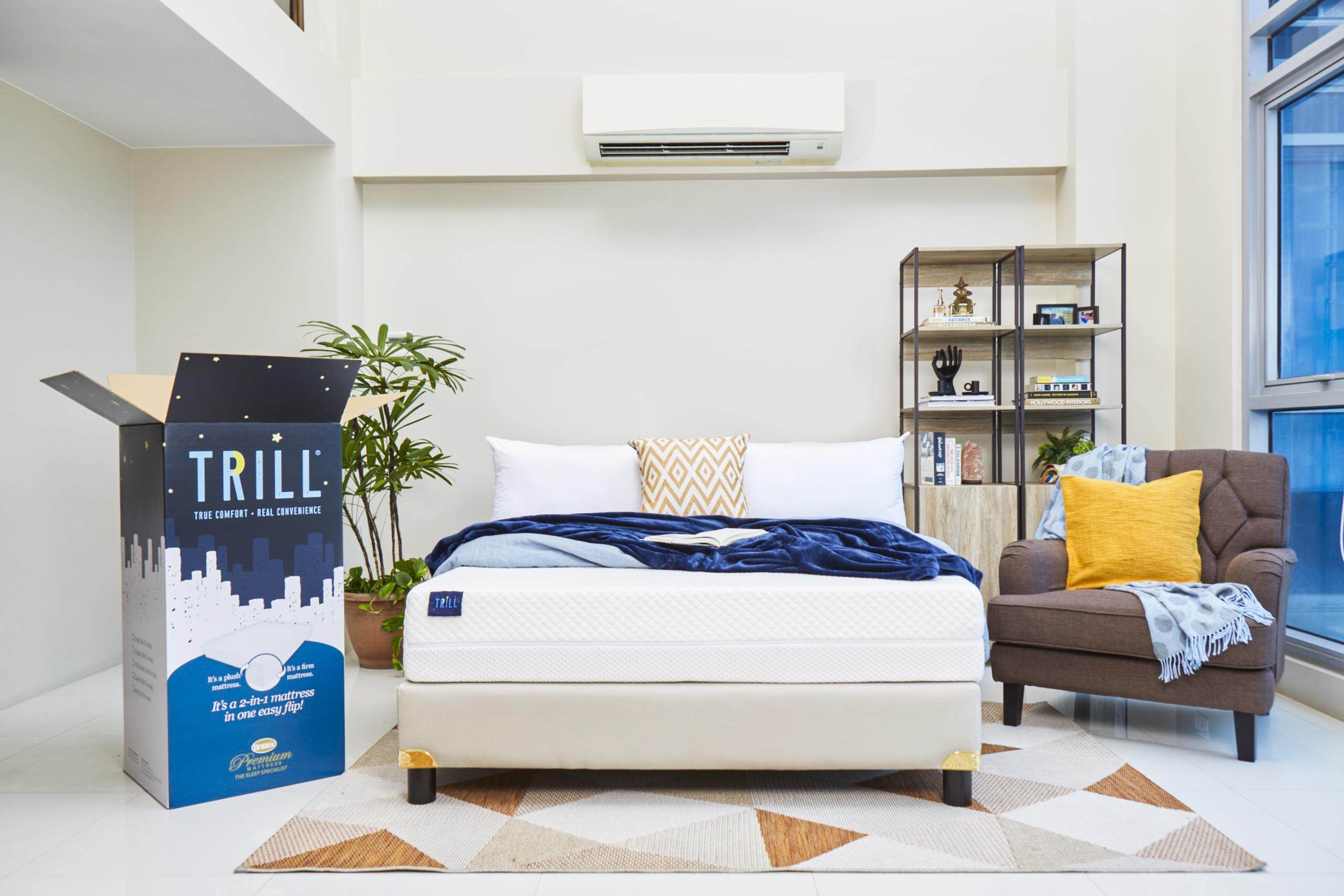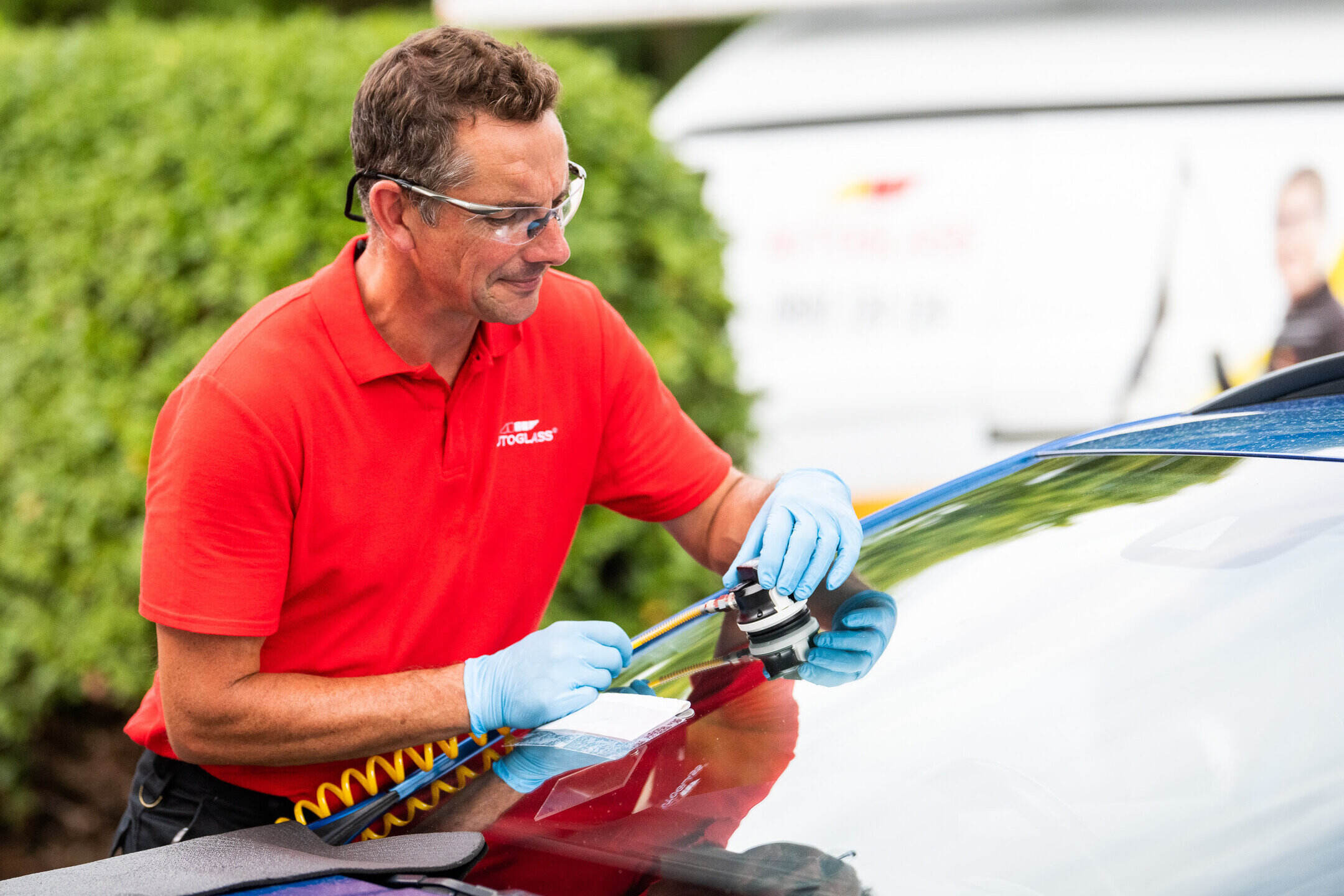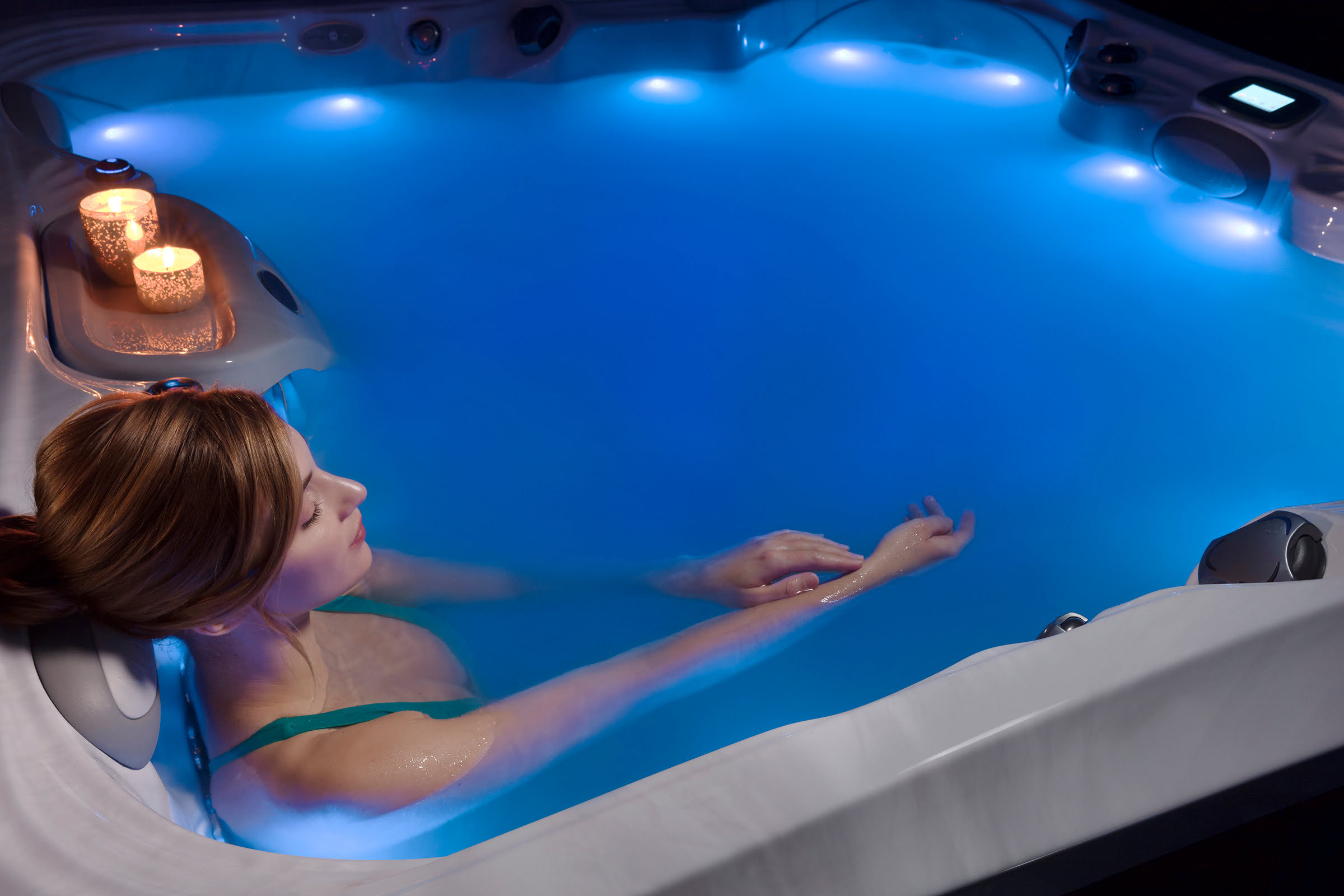Home>Others>Specialized Home Improvement Topics>How Long Can You Stay In A Car With Windows Closed


Specialized Home Improvement Topics
How Long Can You Stay In A Car With Windows Closed
Published: January 8, 2024
Discover how long it's safe to stay in a car with closed windows and explore specialized home improvement topics to enhance your knowledge. Gain insights on ventilation and safety measures.
(Many of the links in this article redirect to a specific reviewed product. Your purchase of these products through affiliate links helps to generate commission for Storables.com, at no extra cost. Learn more)
Introduction
Sitting in a car with the windows closed can be a common occurrence, whether it's due to inclement weather, a desire for privacy, or the need to block out external noise. However, the question of how long one can safely remain in a car with the windows closed is a topic of concern, particularly in relation to potential health risks. In this article, we will delve into the various factors that influence the duration one can stay in a closed car, the associated risks, and essential tips for ensuring safety and comfort in such situations.
The duration one can spend in a car with the windows closed is influenced by several factors, including external temperature, the car's insulation, the presence of direct sunlight, and the individual's age and health condition. Understanding these factors is crucial for making informed decisions about staying in a closed car and taking appropriate measures to mitigate potential risks.
Moreover, being aware of the potential health hazards associated with prolonged stays in closed cars is vital for safeguarding one's well-being. From heat-related illnesses to exposure to air pollutants, the risks underscore the importance of exercising caution and implementing preventive strategies when spending time in a sealed car environment.
To address these concerns, we will explore practical tips and guidelines for safely staying in a car with the windows closed. By following these recommendations, individuals can minimize the potential health risks and discomfort associated with prolonged stays in closed cars, thereby ensuring a safer and more pleasant experience.
In the subsequent sections, we will delve into the specific factors that impact the duration one can spend in a closed car, the potential health risks, and effective tips for maximizing comfort and safety in such situations. By gaining a comprehensive understanding of these aspects, readers will be better equipped to make informed decisions and take proactive measures when faced with the prospect of staying in a car with the windows closed.
Key Takeaways:
- Staying in a closed car for too long can be risky due to extreme temperatures and poor air quality. It’s important to stay hydrated, monitor the weather, and take regular breaks to stay safe and comfortable.
- Factors like insulation, sunlight, and individual health influence how long you can safely stay in a closed car. Be prepared for emergencies, consider vulnerable individuals, and use sunshades to stay safe and comfortable.
Read more: How Long Can You Stay In A Bathtub
Factors Affecting How Long You Can Stay in a Car with Windows Closed
The duration one can safely stay in a car with the windows closed is influenced by various factors, each of which plays a crucial role in determining the overall comfort and well-being of individuals in such environments.
- External Temperature: The external temperature is a key determinant of how long one can stay in a closed car. In hot weather, the interior of a sealed car can quickly become excessively hot, posing a risk of heat-related illnesses such as heatstroke and dehydration. Conversely, in cold weather, prolonged stays in a closed car can lead to discomfort and potential health issues related to low temperatures.
- Insulation of the Car: The insulation properties of the car, including the quality of its windows and the effectiveness of its climate control system, significantly impact the interior temperature. Well-insulated cars can maintain a more stable and comfortable internal environment, allowing occupants to stay for longer periods with the windows closed.
- Direct Sunlight: Exposure to direct sunlight can substantially increase the heat buildup inside a closed car. The presence of sunlight can elevate the internal temperature, making it uncomfortable and potentially hazardous to remain inside for extended durations.
- Age and Health Condition: An individual’s age and health condition play a pivotal role in determining their tolerance to prolonged stays in closed cars. Infants, young children, the elderly, and individuals with certain medical conditions may have lower tolerance levels and are more susceptible to the adverse effects of extreme temperatures.
- Air Circulation: The availability of fresh air and proper ventilation within the car is essential for maintaining a comfortable and safe environment. Limited air circulation can lead to a buildup of air pollutants and carbon dioxide, potentially causing respiratory discomfort and health issues.
Considering these factors is vital for making informed decisions about staying in a closed car and taking appropriate precautions to ensure safety and well-being. By understanding the interplay of external temperature, insulation, sunlight exposure, individual characteristics, and air circulation, individuals can gauge the feasibility and potential risks of staying in a car with the windows closed.
Next, we will explore the specific risks associated with prolonged stays in closed cars, shedding light on the potential health hazards and discomfort that individuals may encounter in such environments.
Risks of Staying in a Car with Windows Closed
Spending an extended period in a car with the windows closed can pose various risks to the occupants, ranging from discomfort and dehydration to more severe health complications. Understanding these potential risks is essential for making informed decisions and taking proactive measures to mitigate adverse outcomes.
- Heat-Related Illnesses: In hot weather, the interior of a closed car can rapidly reach dangerously high temperatures, leading to the risk of heat-related illnesses such as heatstroke, heat exhaustion, and dehydration. Prolonged exposure to high temperatures without adequate ventilation can significantly impact an individual’s well-being and may result in severe health complications.
- Cold-Related Discomfort: In cold weather, staying in a closed car for an extended period can lead to discomfort, particularly if the car’s heating system is not functioning optimally. Prolonged exposure to low temperatures can cause shivering, numbness, and potential health issues related to cold weather exposure.
- Poor Air Quality: Limited air circulation in a closed car can lead to a buildup of air pollutants, including carbon dioxide from exhaled breath and volatile organic compounds from interior materials. Breathing in stagnant air with elevated pollutant levels can cause respiratory discomfort and may exacerbate existing respiratory conditions.
- Risk of Suffocation: In extreme cases, a lack of fresh air and ventilation in a closed car can pose a risk of suffocation, particularly if the occupants are unable to open the windows or exit the vehicle promptly in emergency situations.
- Vulnerability of Certain Groups: Infants, young children, the elderly, and individuals with pre-existing health conditions are particularly vulnerable to the adverse effects of staying in closed cars. Their lower tolerance to temperature extremes and limited ability to communicate discomfort heighten the risks associated with prolonged stays in sealed environments.
Recognizing these risks underscores the importance of exercising caution and implementing preventive strategies when considering spending time in a closed car. Whether it’s addressing the challenges of extreme temperatures, ensuring adequate air quality, or considering the specific needs of vulnerable individuals, being aware of the potential risks is essential for safeguarding one’s well-being.
Next, we will delve into practical tips and guidelines for safely staying in a car with the windows closed, offering actionable insights to minimize the potential health risks and discomfort associated with prolonged stays in sealed car environments.
It is not safe to stay in a car with the windows closed for an extended period of time, especially in hot weather. The temperature inside a car can rise quickly, leading to heatstroke and dehydration. Always make sure to have proper ventilation or air conditioning when inside a car.
Tips for Staying in a Car with Windows Closed
When faced with the need to stay in a car with the windows closed, whether due to inclement weather, privacy concerns, or other reasons, implementing practical tips and guidelines can significantly enhance comfort, safety, and overall well-being in such environments. By following these recommendations, individuals can minimize potential health risks and ensure a more pleasant experience during prolonged stays in closed cars.
- Monitor External Temperature: Before entering a closed car, assess the external temperature to gauge the potential impact on the car’s interior. In hot weather, consider the risk of heat buildup, while in cold weather, prepare for potential discomfort related to low temperatures.
- Use Sunshades and Ventilation: Utilize sunshades for the windows and sunroof to reduce direct sunlight exposure and minimize heat buildup. Additionally, if safe to do so, crack open the windows slightly to facilitate air circulation and prevent excessive temperature elevation.
- Stay Hydrated: Bring an adequate supply of water to stay hydrated, especially in hot weather. Proper hydration is essential for mitigating the risk of heat-related illnesses and maintaining overall well-being during prolonged stays in closed cars.
- Plan Regular Breaks: If feasible, plan regular breaks to exit the car and access a more comfortable environment. Taking periodic breaks allows for physical movement, fresh air, and relief from the potential discomfort of extended stays in a sealed car.
- Consider Vulnerable Individuals: If traveling with infants, young children, the elderly, or individuals with specific health concerns, take their needs into account. Be attentive to their comfort, hydration, and overall well-being, and consider their vulnerability to temperature extremes.
- Be Prepared for Emergencies: Keep emergency supplies such as a first aid kit, blankets, and a charged mobile phone readily accessible in the car. Being prepared for unforeseen situations enhances safety and provides reassurance during prolonged stays in closed environments.
By incorporating these tips into their approach to staying in a car with the windows closed, individuals can proactively address potential challenges and prioritize their comfort and safety. From mitigating the effects of extreme temperatures to ensuring adequate hydration and emergency preparedness, these practical guidelines are instrumental in enhancing the overall experience of prolonged stays in sealed car environments.
With a comprehensive understanding of the factors influencing the duration one can spend in a closed car, the associated risks, and essential tips for ensuring safety and comfort, individuals are better equipped to make informed decisions and take proactive measures when confronted with the prospect of staying in a car with the windows closed.
By exercising caution, implementing preventive strategies, and prioritizing well-being, individuals can navigate the challenges of staying in closed cars with confidence and peace of mind, ensuring a safer and more enjoyable experience in such environments.
Conclusion
The decision to stay in a car with the windows closed is influenced by a myriad of factors, including external temperature, insulation, sunlight exposure, and individual characteristics. Understanding these factors is essential for making informed choices and taking proactive measures to ensure comfort and safety during prolonged stays in sealed car environments.
Furthermore, being cognizant of the potential risks associated with staying in closed cars, such as heat-related illnesses, poor air quality, and vulnerability of certain groups, underscores the importance of exercising caution and implementing preventive strategies. By recognizing these risks, individuals can prioritize their well-being and take appropriate measures to mitigate potential adverse outcomes.
Practical tips and guidelines for safely staying in a car with the windows closed offer actionable insights to enhance comfort, safety, and overall well-being in such environments. From monitoring external temperature to utilizing sunshades, staying hydrated, and being prepared for emergencies, these recommendations empower individuals to navigate the challenges of prolonged stays in sealed car environments with confidence and peace of mind.
By incorporating these insights into their approach, individuals can minimize potential health risks and ensure a more pleasant experience when faced with the need to stay in a car with the windows closed. Whether it’s addressing the impact of extreme temperatures, ensuring adequate air quality, or considering the specific needs of vulnerable individuals, these proactive measures are instrumental in prioritizing safety and well-being.
In conclusion, by gaining a comprehensive understanding of the factors influencing the duration one can spend in a closed car, the associated risks, and essential tips for ensuring safety and comfort, individuals are better equipped to make informed decisions and take proactive measures when confronted with the prospect of staying in a car with the windows closed. By exercising caution, implementing preventive strategies, and prioritizing well-being, individuals can navigate the challenges of staying in closed cars with confidence, ensuring a safer and more enjoyable experience in such environments.
Frequently Asked Questions about How Long Can You Stay In A Car With Windows Closed
Was this page helpful?
At Storables.com, we guarantee accurate and reliable information. Our content, validated by Expert Board Contributors, is crafted following stringent Editorial Policies. We're committed to providing you with well-researched, expert-backed insights for all your informational needs.
















0 thoughts on “How Long Can You Stay In A Car With Windows Closed”